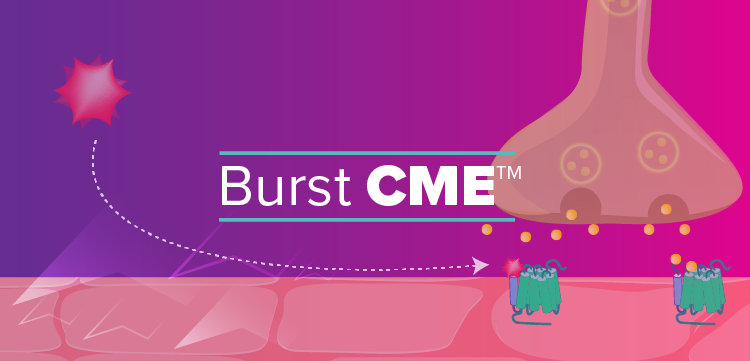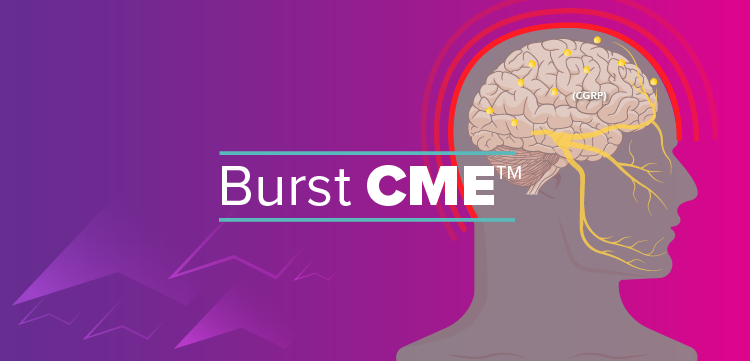Can apologizing actually prevent a malpractice lawsuit?
Some insurers and hospitals are rethinking the traditional approach of discouraging physicians from apologizing to harmed patients. Instead, they are encouraging such acts of contrition in the hopes of avoiding malpractice lawsuitsor at least reducing the huge amounts of money paid to settle such cases.
As a legal strategy, the new approach is considered risky; admitting fault is believed to fuel more lawsuits. Still, The Wall Street Journal (5/18/04) cited several examples of patients who had dropped lawsuits or settled cases for smaller amounts than they could have gotten in courtjust because an apology was issued.
To back up the anecdotes, the newspaper also cited a 1999 study and a recent survey in the Annals of Internal Medicine. The 1999 study found that when health-care staff at a Lexington, Ky., Veterans Affairs Hospital disclosed medical errors and apologized to affected patients, the average cost of error-related payouts was just $15,622. A survey in the same journal found that while there is no guarantee that an apology will deter lawsuits, "respondents were 1.5 times as likely to seek legal advice when a medical error was not disclosed and no apology was given."
Insurers, such as GE Medical Protective in Fort Wayne, Ind., and the Cooperative of American Physicians-Mutual Protection Trust in Los Angeles, are now taking the lead in this movement to encourage apologies given in a way that doesn't increase legal risk. Similarly, hospitals such as Johns Hopkins in Baltimore and Dana-Farber Cancer Institute in Boston have created policies that encourage apologies to harmed patients.
To address concerns that an apology could be used against physicians, at least two statesColorado and Oregonhave passed laws prohibiting the use of an apology in court.
Newsletter
Get the latest clinical updates, case studies, and expert commentary in obstetric and gynecologic care. Sign up now to stay informed.
















